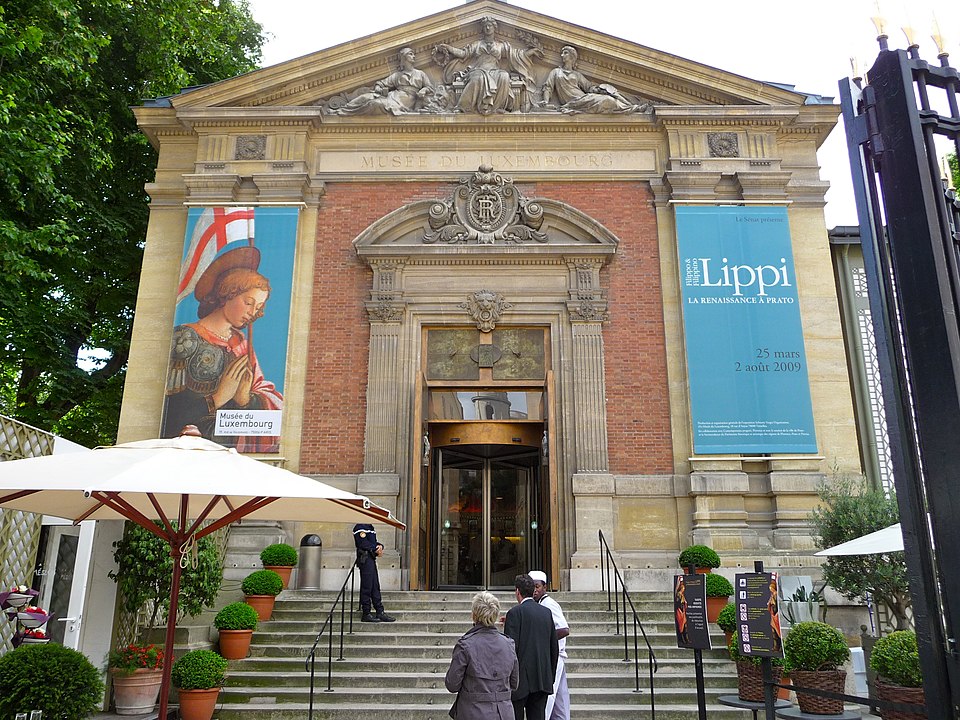Before Selling for $236M, This Klimt Was in a Paris Gallery
When the Musée du Luxembourg opened its exhibition “Klimt. The Golden Muses” in late 2024, one of the standout works was a tall, late-period portrait of Elisabeth Lederer.
The canvas measures almost two meters and shows the daughter of a major Viennese art-patron family painted between 1914 and 1916.
Only a few months later, that same portrait became the most expensive modern artwork ever sold at auction, reaching 236.4 million dollars at Sotheby’s New York.
From Vienna to 1948
Elisabeth Lederer came from a wealthy Jewish industrial family that supported Klimt throughout his career. The family commissioned several works from him and built one of the strongest private Klimt collections of the era.
Their world collapsed with the Anschluss in 1938, when the Nazis seized their art. Many of the Klimts associated with the Lederers were destroyed in a fire near the end of the war.
This portrait survived and was returned to Elisabeth’s brother Erich Lederer in 1948.
Estée Lauder Family
Erich Lederer kept the portrait until the early 1980s. After it changed hands, it was purchased in 1985 by Leonard A. Lauder, the eldest son of Estée Lauder.
Leonard Lauder spent decades expanding the cosmetics brand worldwide, but he also built a major art collection focused on early-20th-century Europe.
The Klimt portrait became one of the signature pieces of that collection and hung above his dining table in New York for nearly forty years.
Sotheby’s organized a special sale for part of Lauder’s holdings. The portrait was the centerpiece. The hammer price reached about 205 million dollars. With fees, the total was 236.4 million, placing it just behind Leonardo da Vinci’s Salvator Mundi in auction history.
The Paris Moment

Before heading to sale, the portrait had a short but significant public appearance. It traveled to Paris for the 2024–2025 Musée du Luxembourg exhibition, where it was shown alongside loans from major institutions and private owners.
Large Klimt portraits rarely move, and even fewer remain in private hands. The Paris exhibition ended up being the last time the public could stand in front of it.
The portrait comes from the final years of Klimt’s life. The elongated pose, the complex textiles and the floating background show a shift toward abstraction that defined his late style.
It reflects a Europe on the edge of upheaval, and the later fate of the Lederer family underscores that context.
In Conclusion
The buyer hasn’t been identified. The painting now leaves the public sphere again, returning to private ownership.
For most visitors, the show at the Musée du Luxembourg was likely the final chance to see it before it moved into a price category where works rarely reappear.

